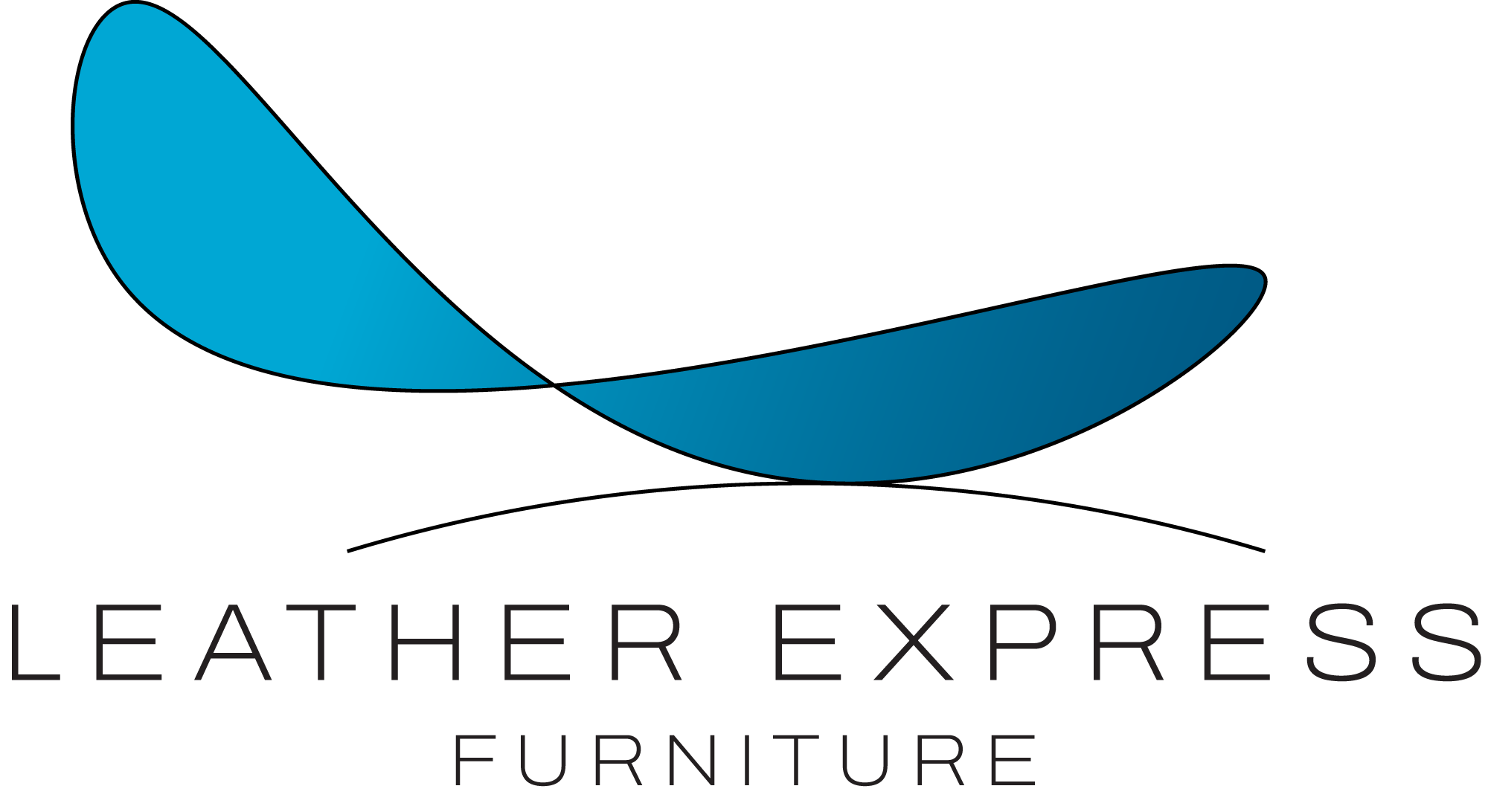Which Leather is Right for You?
Explore the Beauty, Comfort & Durability of Top-Grain Leather
At Leather Express, we specialize in lifestyle-friendly leather—beautiful, durable, and made to keep up with the way you really live. While all of our leathers are 100% top grain, not all finishes are created equal.
Most leathers fall into three main industry categories—aniline, semi-aniline, and pigmented (protected). These refer to how the leather is dyed and finished, but each manufacturer also uses its own internal grading system based on factors like texture, color treatment, and softness.
No matter the grade name or number, every hide used in our furniture meets the same high standard: top-grain quality, processed for real-life comfort and long-term durability.
Semi-Aniline Leather
Elegant, Soft & Gently Protected
Semi-aniline leather offers a beautiful balance between luxury and livability. It starts with aniline-dyed hides, then gets a light protective finish that makes it more resistant to wear, spills, and sun—ideal for stylish homes that see everyday use.
Why customers love it:
- Buttery-soft feel with depth and richness of color
- Subtle natural markings that make each piece unique
- Gentle surface protection for practical peace of mind
- Wears beautifully without needing constant maintenance
Best for those who love authentic leather but want less worry. Great for family rooms, lounges, and anywhere comfort meets style.
Pigmented (Protected) Leather
Tough, Reliable & Easy to Maintain
Pigmented leather features a uniform color coating and protective top layer that seals the surface. It’s the most durable and low-maintenance option, making it a favorite for high-use spaces and sunny South Florida homes.
Why it’s perfect for Florida living:
- Fade-resistant in strong sunlight
- Easy to clean—just mild soap and water
- Stands up to spills, pets, and everyday wear
- Consistent color and texture from piece to piece
Best for families, pet owners, and anyone who wants long-lasting leather with minimal upkeep.
What About Aniline Leather?
Beautiful, yes, but not always practical.
Aniline leather is the most natural and unprotected finish. While it’s incredibly soft and full of character, it’s also highly absorbent and prone to fading—making it a more delicate choice, especially in Florida’s climate.
For that reason, most of our customers and manufacturers prefer semi-aniline and protected leathers, which offer the best blend of comfort, beauty, and resilience.
